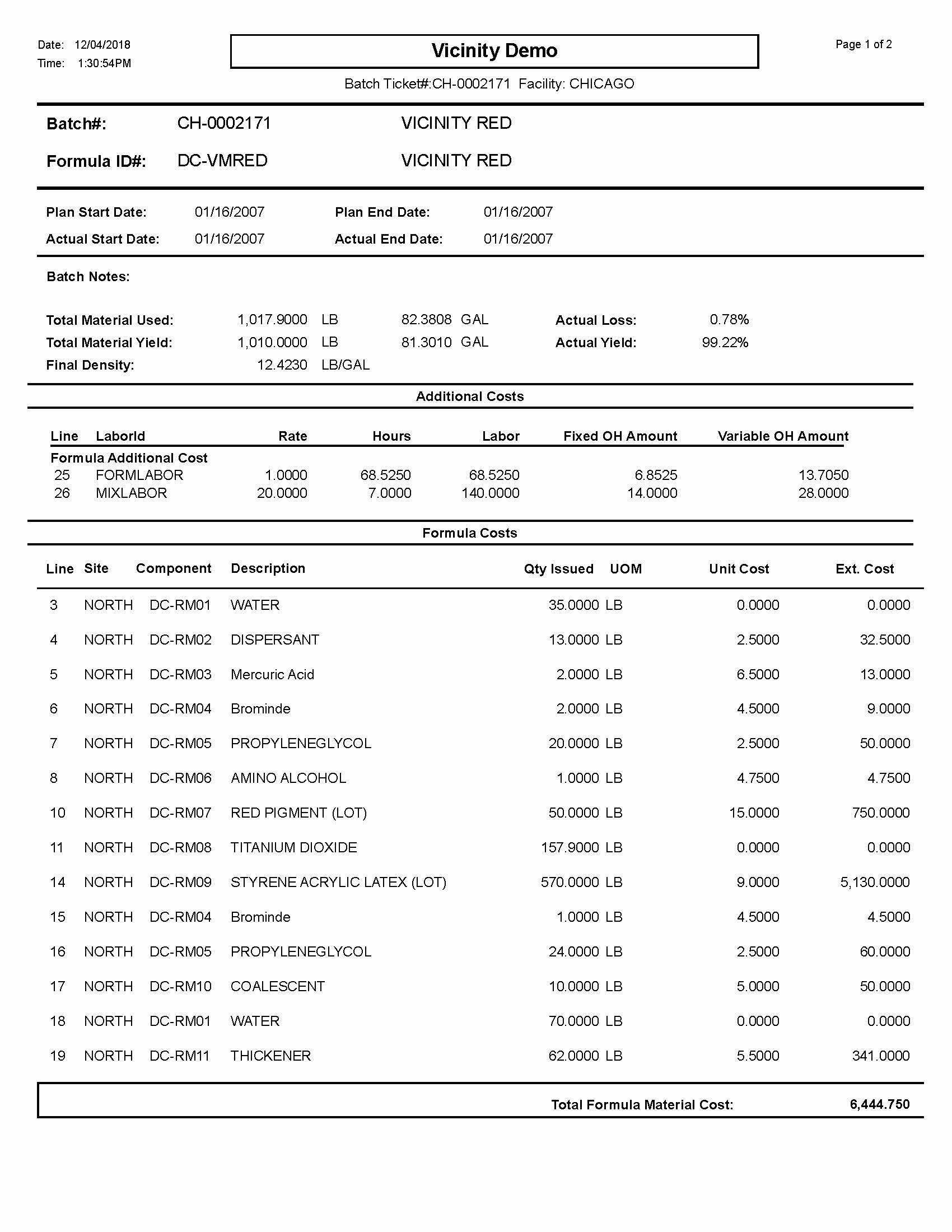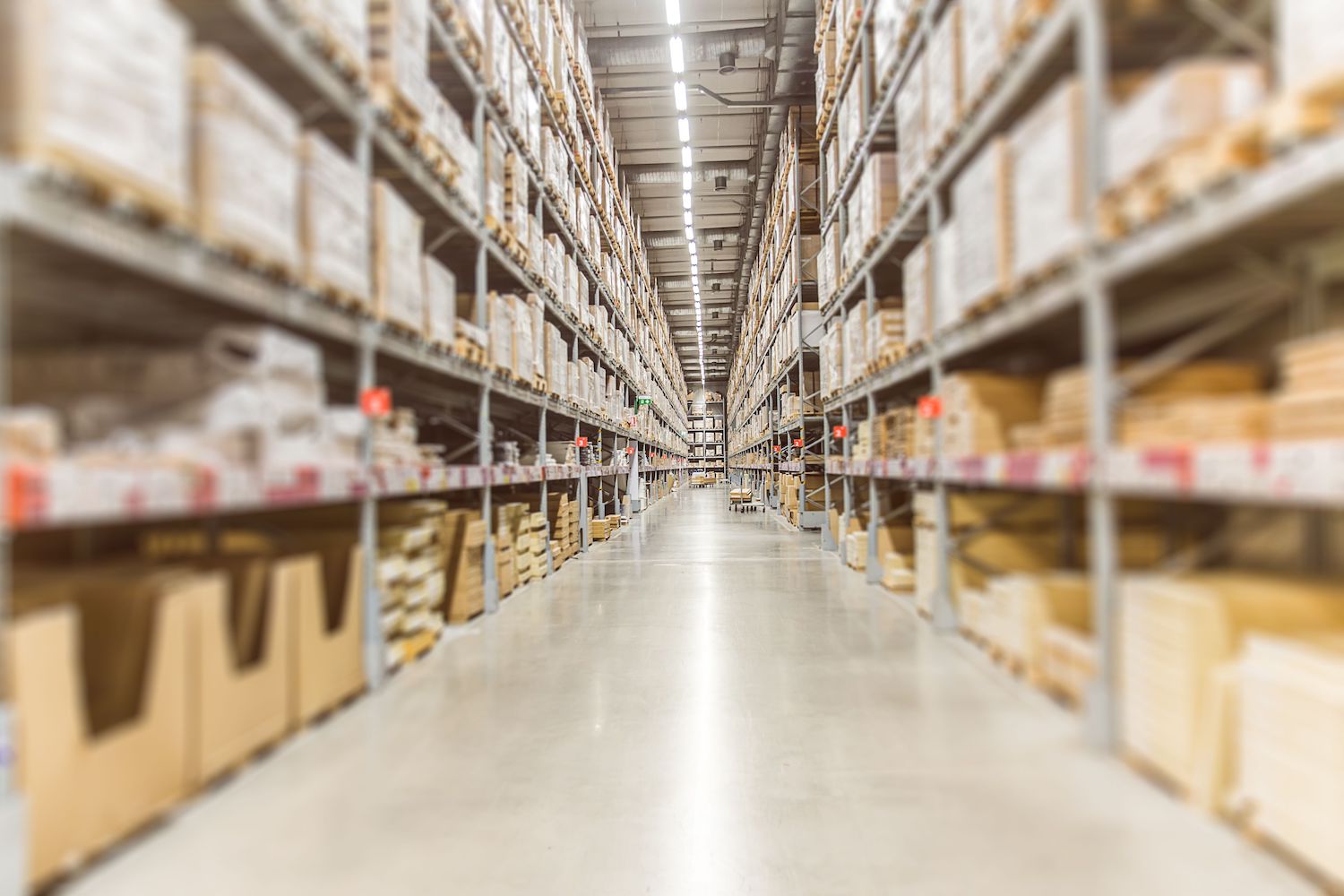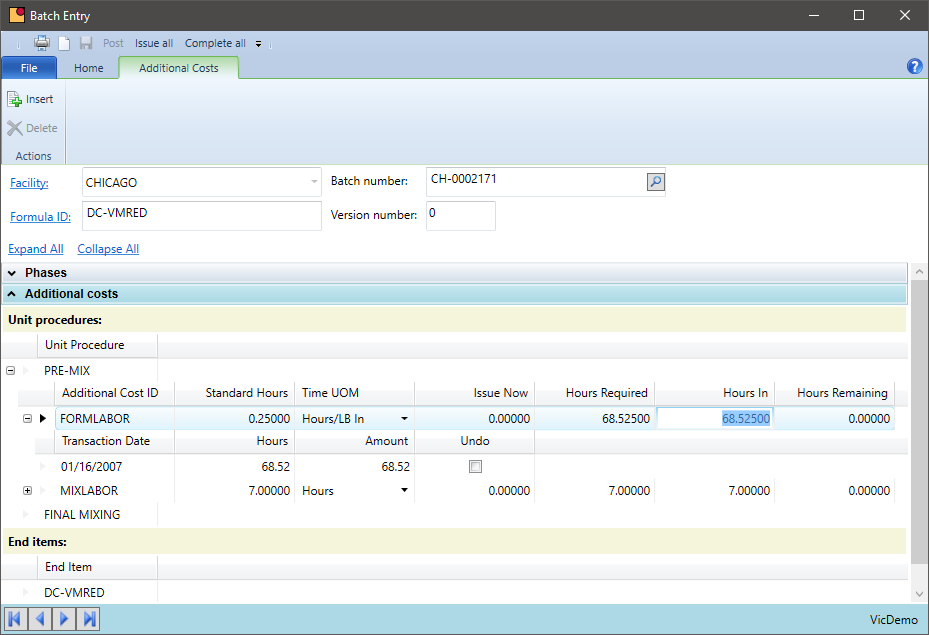Gauge Profitability
Are you able to identify your most profitable items from those that are underperforming?
Keeping an eye on manufacturing cost for items is critical especially for chemical manufacturers working in a commodity market. It is essential to rapidly identify those that are underperforming and to see the cost associated with making those products.
- Compare actual manufacturing cost to actual sales transactions on an item basis highlighting those with unexpected results
- Analyze item margins for classes of produced products and customers to isolate those customers or items that are underperforming
- Act on those items or customers to increase profitability or rework the relationship for future transactions
Reduce Time to Close Financials
Are you pulling data from many sources to compile month-end financials?
Recapture hours in your month by connecting data from various sources. Production batches should talk to inventory and inventory should talk to invoicing. Invoicing should talk to Accounts Receivable and General Ledger. Chemical companies have too many moving parts for all the pieces not talking to each other.
- Gain comfort that finance, sales, purchasing, production, and inventory are all talking to each other, whether you are using Microsoft Dynamics or QuickBooks Online
- Gain sights by reviewing sales over time knowing it agrees to the GL and Sales
- Financials are tied to each subsidiary module via Microsoft Dynamics or QuickBooks Online
- Book standard month-end transactions like depreciation without user intervention– set them up one time and they automatically apply to the financial statements
- Inventory received but not yet invoiced is booked automatically. No more accrual and reversals for unmatched receivers
- All subsidiary modules post automatically to General Ledger. As soon as the detail transactions are posted, and bank statements are reconciled the books can be closed
- Batch ticket and inventory adjustments are validated to the chart of accounts. Every transaction posts to General Ledger without further review.
- Finance Team: speed up your closing process with an integrated chemical financial system
Analyze Cost of Production
Do you know why costs change from product to product or batch to batch?
In the chemical industry, there are a variety of production costs beyond raw materials. Labor, overhead, packaging materials, filling machines and mixing vessels all have costs that need to factor into the total cost of a batch. These costs need to be applied at a batch level to calculate an accurate cost of production along with the variable yields.
- Assign non-inventory costs for each compound or mix
- Routinely reconcile the actual costs of production for a period to those applied to batches
- Review actual manufacturing cost for a class of formulas or items for a time period and compare to applied rates to batches
- Identify those products where the actual costs are significantly different than those expected
- The Component Cost Rollup and a detailed view of the costs that are supposed to occur for an item. This includes all costs applied – materials, labor, packaging, and overhead
Reduce Working Capital Invested in Inventory
Are you carrying more inventory than you could because your sales forecasts and batch yields are unreliable?
Knowing what inventory you need and when you need it is important to managing the inventory levels to the most efficient levels
- Identify material requirements by date to plan production and purchasing more efficiently
- Base material requirements on existing sales orders, forecasts, purchase orders, inventory levels and scheduled production
- Act on those chemicals that will be short before the need arises. Buy only the items you need, in the volume needed and by the dates required
Labor Application
How long is it taking to review how much labor was applied to batches in a month to the actual labor consumed?
Knowing how much time you are spending to making certain chemicals is a vital element of driving costs down. To identify those classes of items that are taking longer than expected is key to fixing the problem.
- Apply labor and overhead rates on an actual or theoretical basis for each batch with minimal user effort
- Periodically compare the applied labor rates to the actual expenses and adjust where needed
- Review total labor requirements from the production schedule days and weeks in advance and take action where needed
Analysis
Are you spending more time compiling data than you are analyzing it?
Reviewing an anticipated raw material price change and the resulting manufacturing cost change of all items made from that material is a good example of putting the system to work for you with minimal effort.
- Stay on top of your data with an intuitive, easy to use query tool that takes not training to master (VicinityView)
- Leverage the Component Cost Roll-Up Report – This report gives a complete detailed view of the expected manufacturing cost of an item. It includes the purchase of raw materials, packaging, labor, and overhead. It can also apply a standard yield rate to account for yield losses.
- Be alert to how a vendor-supplied material price change can affect many other produced items by using the Proposed Cost screen and report
- Compare your forecasts to actual sales results and adjust the forecast when trends are observed







